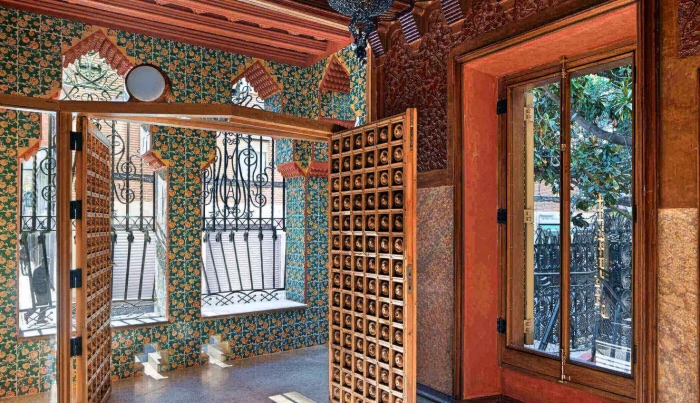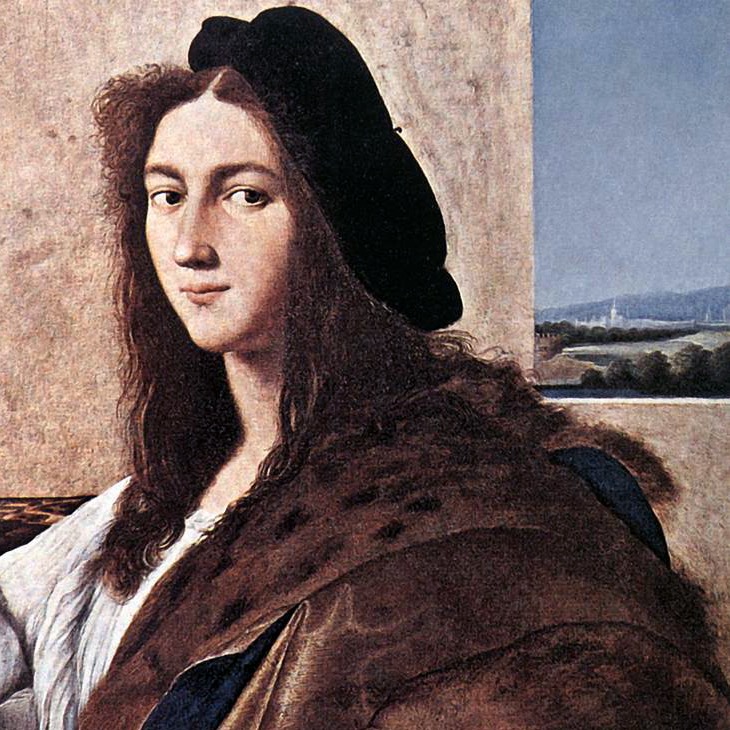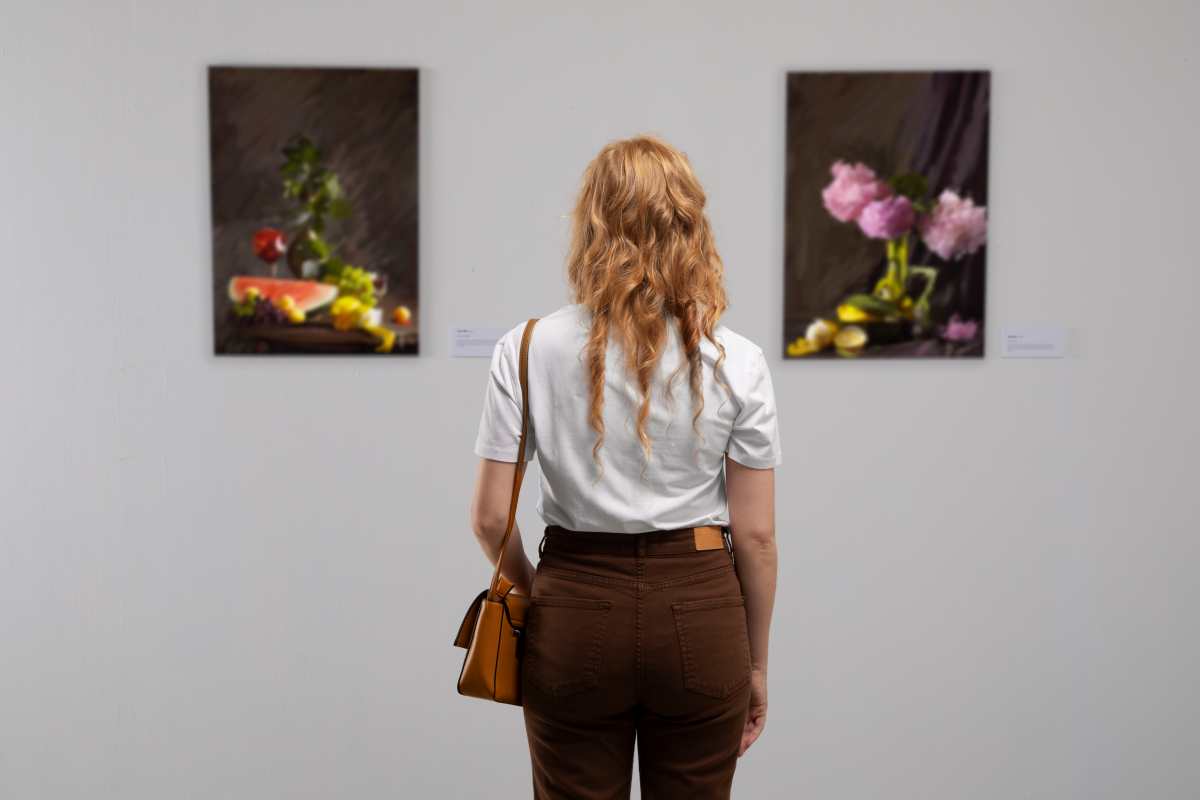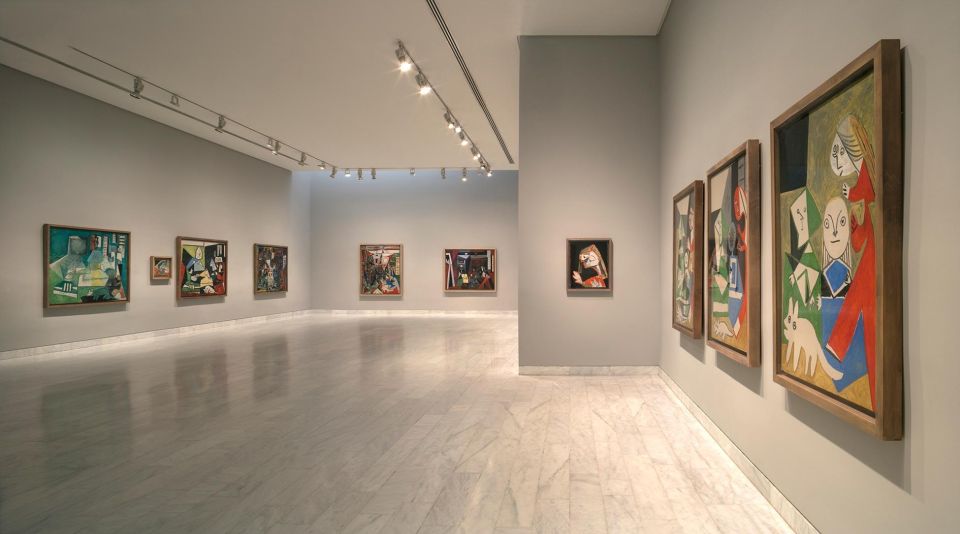
Casa Vicens Barcelona
BARCELONA MUSEUMS: THOSE YOU MUST SEE
Barcelona museums. Which ones to visit and which ones to include in the itinerary for a visit to the city?
When I wrote the post about What to see in Barcelona discovering Gaudí’s works, I inserted a series of museums you must see whichever itinerary you choose.
If you are looking for inspirations for what to see during your next trip to Barcelona, you’re in the right place. Here is where to go.
Barcelona museums





